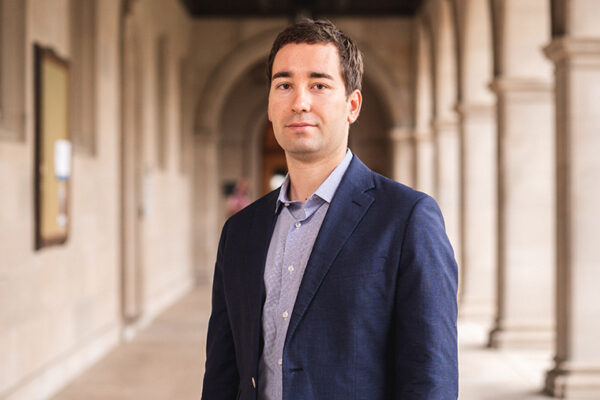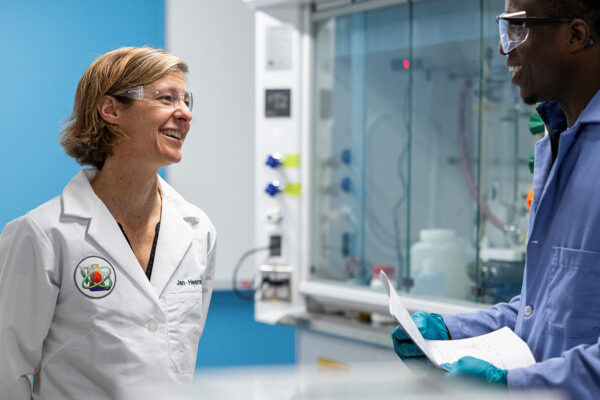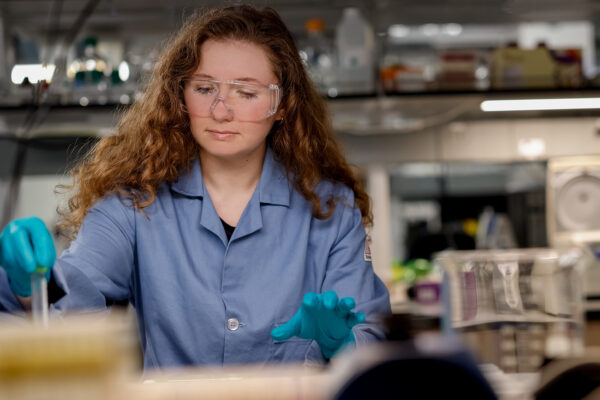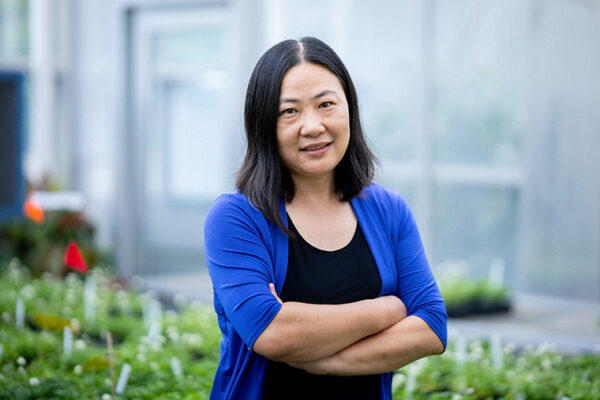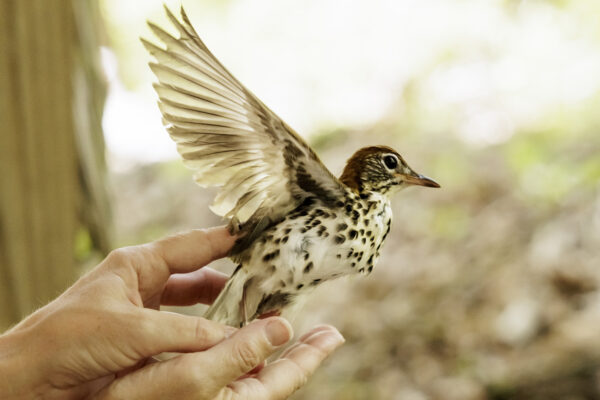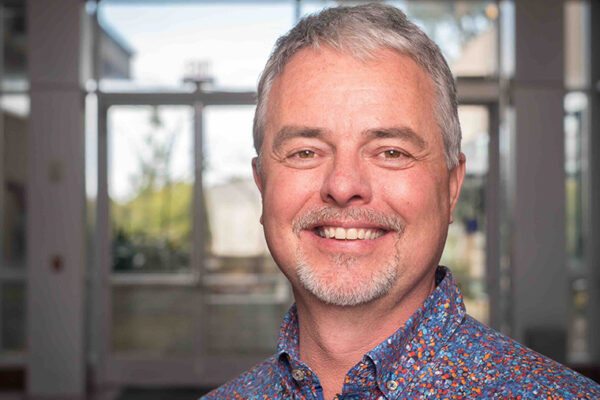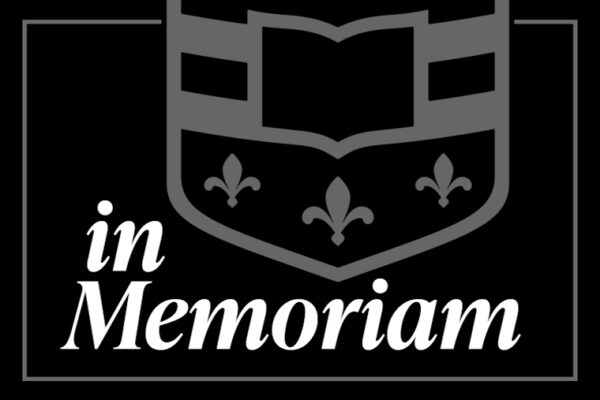When physics meets ecology
Mikhail Tikhonov, an associate professor of physics in Arts & Sciences, is using mathematical tools to deepen our understanding of microbial ecology and evolution.
A resource for ‘accidental leaders’
With her new book, “Labwork to Leadership,” Jen Heemstra in Arts & Sciences aims to help create a healthier academic culture and support the next generation of leaders.
WashU, MilliporeSigma sign collaboration agreement
A project that could help scientists identify novel ways to fight disease is one of the research efforts that will get a significant boost under a new collaboration agreement that Washington University in St. Louis has signed with science and technology company MilliporeSigma.
Biologist Zhong to study how plants deal with nutrient stress
Xuehua Zhong in Arts & Sciences has won a $1.1 million grant from the National Science Foundation for research aimed at developing more resilient crops that can adapt to changing environmental conditions and support sustainable agriculture.
Condo-style living helps keep the peace inside these ant plants
Scientists have discovered one way that a host plant can keep the peace among residents that might otherwise kill each other. The new research from biologist Susanne S. Renner, in Arts & Sciences, is published in Science.
Winged migration
St. Louis sits on the Mississippi Flyway — the largest migratory pathway used by birds in North America. In this photo story, learn about a long-term study of migratory birds led by volunteers at WashU’s Tyson Research Center that is yielding new data on bird longevity and migration patterns.
Religion, politics and war drive urban wildlife evolution
The downstream consequences of religion, politics and war can have far-reaching effects on the environment and on the evolutionary processes affecting urban organisms, according to a new analysis from Washington University in St. Louis.
Friend named chair of mechanical engineering, materials science
James Friend, of the University of California, San Diego, has been named chair of the Department of Mechanical Engineering & Materials Science in the McKelvey School of Engineering. His appointment will begin in 2026.
Frank A. Podosek, planetary scientist, 83
Frank A. Podosek, a professor emeritus of earth, environmental and planetary sciences at Washington University in St. Louis, died June 8 in Florida. He was 83 years old.
Sleep data from wearable device may help predict preterm birth
An interdisciplinary research team at Washington University in St. Louis has found that variability in sleep patterns in people experiencing pregnancy can effectively predict preterm birth.
View More Stories
